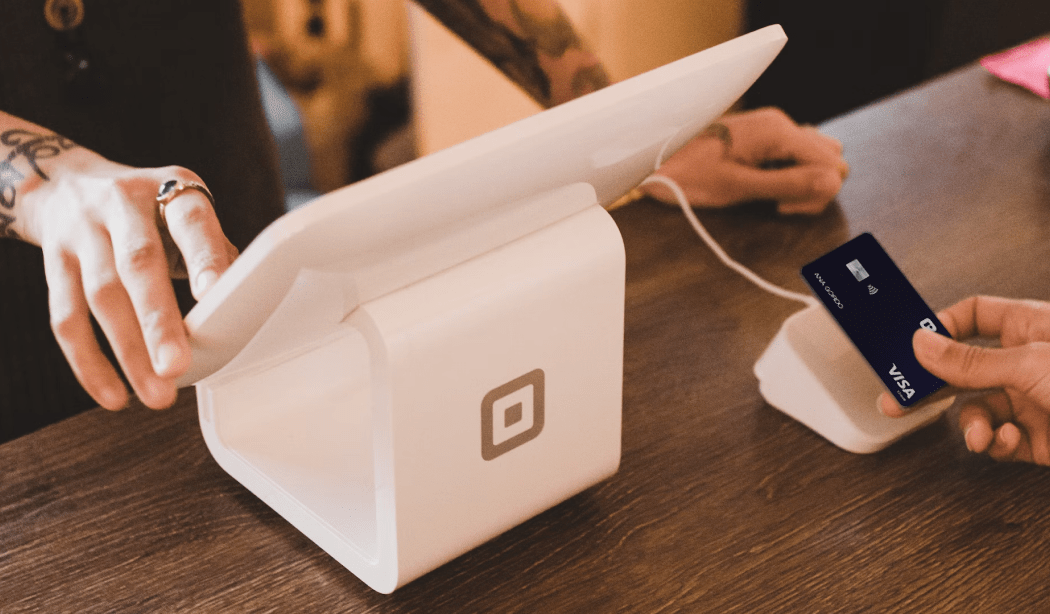Like many, I used to manage my expenses in a spreadsheet. At my first job we had the whole ordeal, keeping receipts, filling in a template, managers reviewing it and our office manager processing all reports and uploading them to our bookkeeping tool. The process sucked and everybody needed to save a few hours per month to get it all done. This was 15 years ago, when Blackberry was still the talk of the town and the iPhone had just started to shake things up.
I joined Rydoo in 2014 at a key moment for expense management. Combining a mobile app with OCR technology meant we could take away so many pain points and start doing real-time expense management. You could scan receipts on-the-go, approve in seconds and send everything to your bookkeeping tool with the push of a button. This helped many of our customers get rid of the friction around expense management.
Now let’s talk about corporate cards. Those things were already popular in the 90s and brought a lot of benefits to companies and their employees. No more cash advances, employees didn’t have to pay out of pocket and no more waiting for reimbursements. Yet, corporate cards haven’t evolved much. Companies like the credit line but are often still frustrated with the lack of control. Ok, some companies switched to personal billing so they have an incentive to upload their receipts but still, the approval happens after you made your purchase and the level of control you get is limited.
Corporate cards are usually only given to top management or frequent travellers because they’re too expensive, too basic and lack the necessary control features.
Corporate cards are usually only given to top management or frequent travellers because they’re too expensive, too basic and lack the necessary control features. You see, when I wanted to start using a software such as Figma for our design team, I had to submit an email and wait for approval before I could borrow our CFO’s card to buy it online. Buying a conference ticket? Same process. And this happened for just about any online expense. Eventually I just got a picture of the front and back of the card, which I should never share. Just like the seven other people on my team who should never share it with anyone, ever.
At small companies it’s usually finance or the CEO who owns a credit card. And the issue is even greater for bigger corporations because, in this case, employees who don’t get a card need to go through procurement teams, security checks, IT, etc, and all that for something as simple as a roll-up for an event. So, in the end, something that could be done in minutes can take weeks to go through, just because you must pay for it by using the company’s corporate card.
It’s 2023 and we’re buying more online than ever. We got used to services like Revolut or N26, we’re swiping our phones at the coffee shop or scanning QR codes to pay back a friend. It’s time to bring some of that convenience to the corporate world.

Thankfully, these last few years, banking-as-a-service has been taking huge steps and is bringing a new wave of innovation to the expense management industry, just like mobile apps did a decade ago. Platforms like Stripe or Marketa, for example, allowed us to embed corporate cards into our expense management platform and empower all employees. It brings an easy, simple and secure way for them to make purchases without having to wait for approvals, card availability, filling complex reports and waiting for the reimbursement of those dreaded out of pocket expenses. For managers and finance teams, smart corporate cards allow for further control of employee spending and it even makes the workflow easier.
By using a solution such as Rydoo Cards, managers and finance teams have a chance to pre-define spend limits for virtual and physical cards, allowing them to be adjusted to the needs of their business whilst, at the same time, ensuring that all budgets and policies are respected along the way. They can also have more visibility and are able to make faster business decisions thanks to real-time transaction data, since expenses are being created as they happen.
Less out of pocket expenses = Happier Employees
If there’s something companies have been focusing on as of late is employee satisfaction and keeping a healthy rate of retention. Retaining the right talent is important for overall morale and, by keeping teams together and allowing them to develop good working relationships, employees become more engaged and, in the end, more productive.
But in order to retain talent, you need to provide employees with a system that they’re happy to work with. So let’s be honest here for a second. Imagine you’re an employee and you need to take a client out to lunch. It ends up costing 200€ that you pay out of pocket. Sure, you’ll get it reimbursed, but you’ll have to fill out an exhausting expense report, attach a receipt, hand it over to finance, hope there are no mistakes and then wait days or weeks to get a reimbursement. All this, while you’re 200€ short on your bank account.
By using smart corporate cards, you’re not treating your employees as if they were a bank. You’re empowering them by providing a solution where they are free to spend the company’s money on their business expenses instead of their own.
It gets old, and frustrating, right? Especially when there’s a solution out there that allows you to pay with a physical corporate card so you don’t spend a single cent. All you have to do is open your mobile app, request a card — that can be approved in just a few seconds —, make a purchase and attach the corresponding receipt. And it’s all so fast that, as Dwight Schrute from The Office would put it, it’s “somewhere between a snake, a mongoose and a panther.”
So, by using smart corporate cards, you’re not treating your employees as if they were a bank. You’re empowering them by providing a solution where they are free to spend the company’s money — within the pre-established limits, of course — on their business expenses instead of their own. That, in the end, will make them happier and more willing to work for an organisation that has embraced the future.
More control, less fraud
If you work in Finance you’ve probably dealt with those end of month peaks where receipts pile up on your desk, you don’t even know where to start and you’re not sure if that handwritten receipt that Peter handed you for that taxi ride is correct or not. We’ve all seen it before, right? People who round up hand written receipts and hand them over to finance.
Using smart corporate cards can help with avoiding these sorts of situations thanks to real-time transaction data. What it means, practically speaking, is that whenever an employee who already has access to a virtual or physical card pays for something, both the manager and the Finance team can see all spending as it happens in seconds, allowing not only for more visibility but also more control.
And control will also happen even before employees are given a card, given that, in order to have access to one, they would need to put in a request to their manager and finance team. So you won’t simply be handing out cards to just about any employee, they must have a specific reason to ask for a card and a limited pre-established budget that can’t be exceeded.
It solves problems that finance teams had before with corporate cards, where they would get maxed out and dealt with uncontrolled spend. It also solves the problem of lost receipts given that, once an expense is made, people will be reminded to upload them and attach them to the expense. So it helps them to know when, where and how employees are spending, without giving too many private details and without having the hassle of filling out expense reports.
So yes, smart corporate cards are the future of business spending but it needs to be integrated in your expense management software for you and your employees to get the full benefit of it. Finance teams will be happier that they can help employees in a more controlled way. At the same time, Finance can streamline the full process, gaining more time for tasks that add value to their business and other strategic initiatives.



